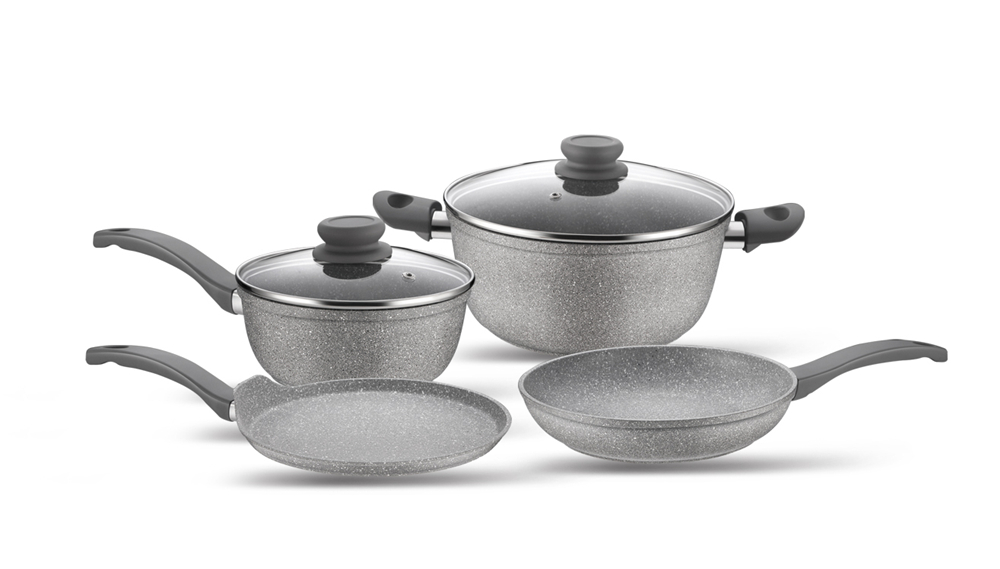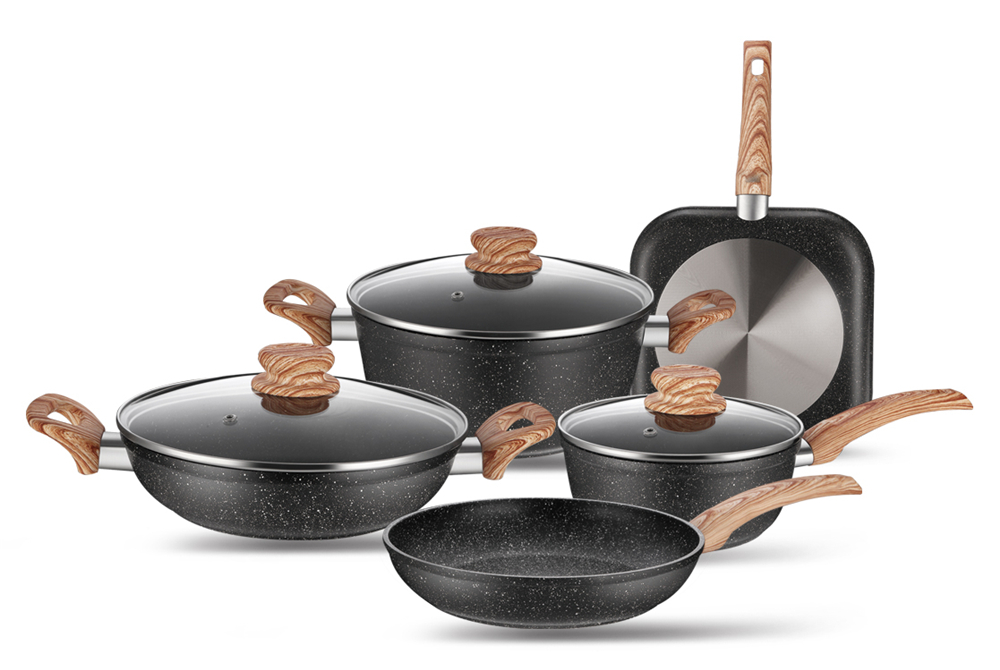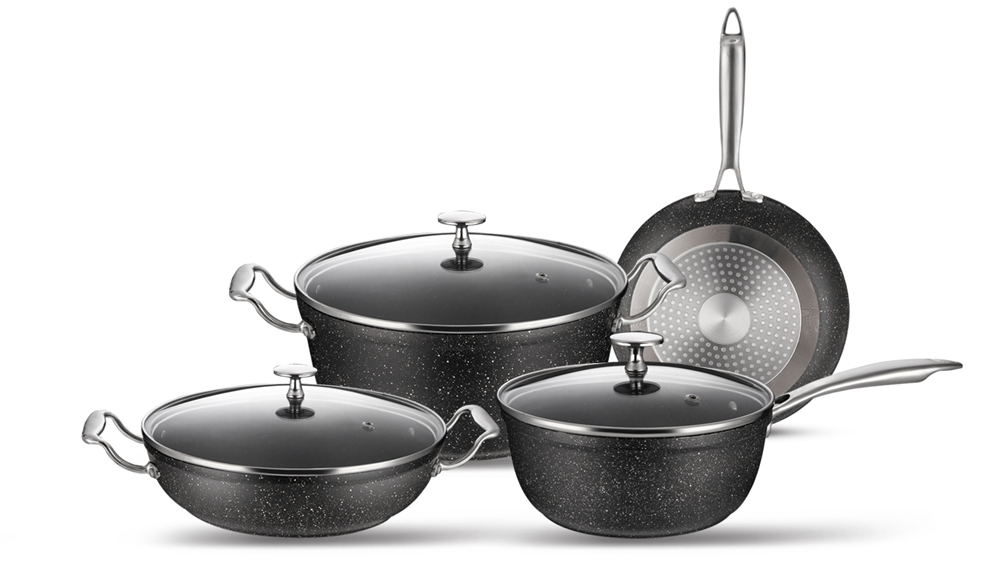The origin of the dot print
In the screen printing process of fabrics, there are many bad printing problems caused by ink and color paste, and the reason is generally more complicated. One of them is the “speckling†in the troubles associated with printing materials. That is, in the pattern portion of a printed fabric, there are irregular dots or small lines of color, which are also called color dots. There are many reasons for the occurrence of spots. In terms of printed materials, inks and blocked plates are produced due to poor fluidity; due to the aggregation of dye particles in the ink or printing paste; ink is mixed in small lump and softened under the action of solvents and adhered to the screen plate. Holes, will make part of the screen can not pass the ink and produce spots on the prints, and the spot is the main reason causing the printing of defective. In order to prevent the occurrence of spots, people have tried various methods to overcome it, such as using a fine screen to filter the prepared ink or printing paste before use. While most people follow the same practice to overcome spot defects in printing, a small number of people use spot printing methods to arrange disorderly spots in an orderly manner to form novel patterns or designs, and a "spot printing method" is born. , Also known as multi-color multi-point printing or multi-color micro-point printing. For example, a person can obtain a multi-colored spot effect while printing on a polyester fabric, and a brilliant and novel design is obtained. This process requires spot printing with microcapsule dyes.
Microcapsule dye printing process 1. Microcapsule dye
The microencapsulated dye is coated with an outer film on the outer surface of the fine dye particles. During the printing process, the outer film prevents the mixing of the dyes. If two or more dyes are mixed, it is difficult to achieve a dot printing effect. If the conventional yellow and blue dyes are blended in a certain proportion using a conventional printing process, they will become green in the same color paste or ink. This method is a monochromatic printing. The above yellow and blue dyes are separately encapsulated in microcapsules. Due to the separation of the outer films, although in the same ink or printing paste system, the dyes of the two colors are not in contact with each other and do not mutually contact each other. Color mixing; only when the temperature is increased or under pressure, the outer membrane ruptures to release the dye, so that the dye is colored on the fibers respectively, so as to achieve the purpose of color printing.
Microcapsule dye printing is generally the same as conventional printing in the process and equipment, but because the microcapsule dye is a release dye, the capsule outer membrane has a certain degree of solidity, so the slurry mixing and temperature should be strictly controlled, it is best to proceed first. Sample tests, to obtain specific printing process conditions, in particular, the condition of the capsules should be determined in advance through testing in order to achieve satisfactory results. Due to the different preparation methods of microcapsule dyes, the nature of the outer membrane will also be different. Therefore, the composition of the printing ink or color paste should be adjusted according to the conditions of use. For example, Japan Forest Chemical Co., Ltd. microcapsulated disperse dyes to make MCP-HP microcapsule-type dyes. Incorporation of urea in the printing paste can accelerate penetration. However, the microcapsule dyes prepared by the spinning cutting method cannot add urea; some can not be used to prepare the slurry and the like.
2. Microcapsule dye printing
Microcapsule dye printing actually includes the following five steps:
(1) Mixing of printing pastes;
(2) printing;
(3) rupture of microcapsules and release of dyes;
(4) Dyeing on fibers;
(5) Remove remaining dye.
3. Printing process
The shape of the spots can vary depending on the shape of the microcapsules, and the microcapsules have a spherical shape, an elliptical shape, a droplet shape, a scaly shape, a spindle shape, and the like. The pattern composed of blobs is seen from afar as a green pattern for visual reasons, but it is a spot consisting of yellow and blue in the near view. Therefore, the dot print is different from the general "snowflake" effect, and it is a printing method with a unique style. It gives a feeling of "seeing colors from afar and looking closely at flowers".
The printing process is as follows: printing → pre-bake → baking (high temperature or high pressure) → soaping → drying → finished product
Dotted prints can be double-sided, and after the dot print is dried on one side of the cloth, the same dot print can be continued on the other side. Each side can see a multi-colored spot pattern composed of printed spots and colored spots transmitted from the other side, and the main colors on both sides can be different. This double-sided multicolor spot print product is used in clothing or interior decorations and is very popular.
Forged cookware
The shape of forged aluminum cookware is similar as Die-cast Cookware, but the price is cheaper than die-cast cookware. Forged Aluminum Cookware is thicker than pressed aluminum cookware. Thicker aluminum cookware gives better heat distribution and cooking performance.
If you do not like thin cooking pot, and think the price of di-cast cookware is too high, then you can choose forged cookware.



Forged Aluminum Cookware
Forged Aluminum Cookware,Forged Aluminum Ceramic Cookware,Aluminum Forged Cookware Set,Forged Aluminum Nonstick Cookware
OSFE INDUSTRIAL CO.,LTD , http://www.1758cookware.com
